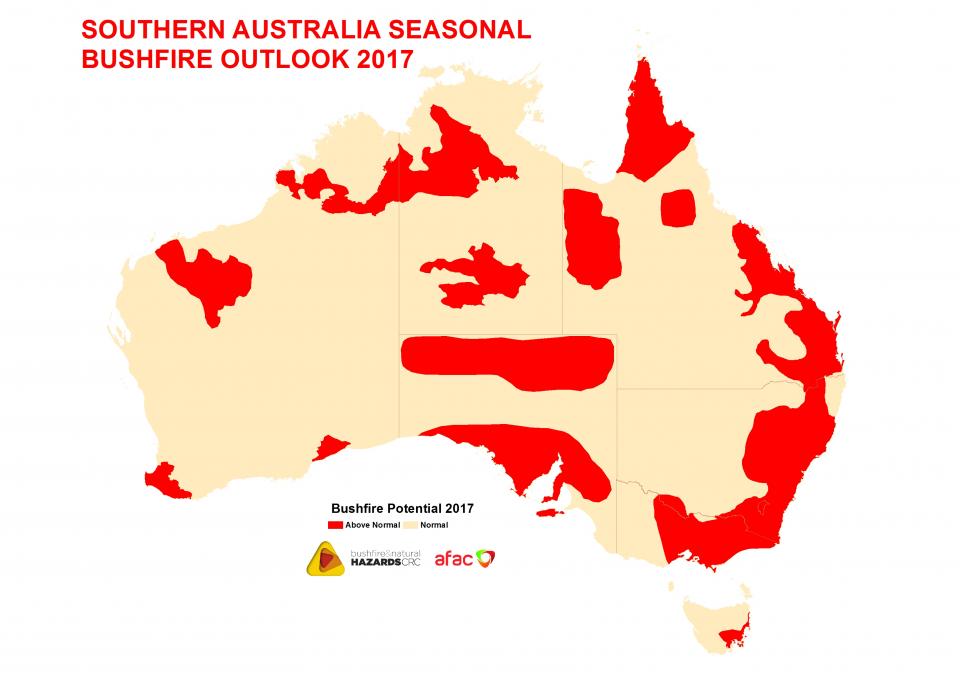Mastering Bushfire Readiness: The Role of a BAL Assessment in Risk Reduction
Wiki Article
The Value of Bushfire Monitoring in Fire Protection
In the world of fire protection, the value of reliable bushfire management can not be underrated. As neighborhoods globally grapple with enhancing circumstances of wildfires, the proactive method to avoid and mitigating these all-natural calamities with calculated bushfire administration techniques has actually arised as an important element. Beyond the prompt hazard to human life and residential property, the interaction in between bushfire monitoring and environmental preservation, neighborhood involvement, and environment adjustment poses intricate challenges that demand detailed remedies.Significance of Proactive Bushfire Prevention
Positive bushfire prevention approaches are vital in reducing the devastating effects of wildfires on communities and areas. By taking preventative procedures prior to a bushfire takes place, the dangers connected with these all-natural catastrophes can be significantly minimized. One essential element of positive bushfire prevention is gas administration. This entails lowering the quantity of combustible material, such as dead vegetation and dry fallen leaves, that can work as gas for fires. Fuel administration strategies include prescribed burns, where controlled fires are deliberately lit to lower the build-up of flammable material.Educating the public on fire safety and security methods and promoting community understanding concerning the value of bushfire avoidance are crucial parts of positive techniques. Ultimately, proactive bushfire prevention plays a significant duty in protecting communities and environments from the harmful impacts of wildfires.
Role of Community Interaction in Fire Defense
Involving the community in fire protection initiatives is essential to enhancing the efficiency of positive bushfire avoidance approaches. Neighborhood interaction plays an important duty in promoting a cumulative understanding of the risks positioned by bushfires and the value of preparedness procedures. By entailing local residents, authorities can share crucial information on fire security practices, evacuation procedures, and early warning systems, encouraging people to take aggressive actions to protect their lives and residential properties.By promoting a society of preparedness and collaboration, areas can enhance their ability to respond effectively to bushfire emergency situations, reducing the influence on residential properties and lives. Ultimately, neighborhood involvement is a keystone of comprehensive fire defense methods, highlighting the significance of cumulative activity in protecting susceptible areas from the danger of bushfires.
Significance of Wildlife Preservation in Bushfire Management
Conservation of wildlife plays an essential duty in efficient bushfire monitoring methods, guaranteeing the security of varied ecological communities and biodiversity in fire-prone areas. Wildlife preservation is important as it adds to the overall resilience of environments, aiding in their ability to endure and recoup from the impact of bushfires. By saving environments and securing numerous species, the natural equilibrium within these ecosystems is maintained, which is crucial for their long-lasting health and wellness and sustainability.Moreover, wild animals preservation additionally assists in minimizing the danger and intensity of bushfires. Healthy and balanced ecosystems with unspoiled wildlife populations can function as natural firebreaks, slowing down the spread of fires and restricting their devastating possibility (Bushfire Risk). Particular pet varieties, like burrowing pets or birds that spread out seeds, play special functions in assisting or stopping fires in the post-fire regrowth of environments
Integrating wild animals conservation right into bushfire management approaches is not only essential for protecting biodiversity but also for advertising the overall health and strength of communities in the face of raising fire threats.
Advantages of Strategic Fuel Decrease Programs
Tactically implementing gas decrease programs is vital in alleviating the danger and impact of bushfires in fire-prone areas. These programs involve regulated burning, mechanical cleaning, and various other approaches to decrease the quantity of combustible vegetation offered to fuel wildfires. By strategically lowering gas lots in vital areas, such as near property areas or vital infrastructure, the intensity and spread of bushfires can be significantly lowered.One of the main benefits of gas reduction programs is the improvement of overall fire durability in a community. By producing tactical fuel breaks and minimizing the continuity of plants, these programs aid to disrupt the path of a bushfire, making it less complicated for firemens to have and snuff out the blaze. Furthermore, gas reduction programs can safeguard biodiversity by protecting against excessively extreme fires that can devastate environments and threaten wildlife populaces.
Furthermore, these programs can likewise safeguard human lives and residential or commercial property by reducing the threat of catastrophic fires that position a substantial danger to neighborhoods. Ultimately, calculated gas reduction programs play an important function in aggressive bushfire monitoring and fostering a safer environment for both individuals and nature.
Influence of Climate Modification on Bushfire Danger

Higher temperature levels lead to drier vegetation, making it more at risk to ignition. Minimized rainfall in particular regions prolongs drought problems, additionally enhancing the flammability of the landscape. Additionally, the changing climate has altered wind patterns and weather, bring about more irregular fire behavior and quick fire spread.
As the climate remains to transform, the regularity and strength of bushfires are anticipated to climb, necessitating a proactive and flexible technique to bushfire administration. Strategies must develop to account for the altering threat landscape, incorporating climate estimates and thinking about lasting durability in fire administration preparation. Dealing with the impact of climate adjustment on bushfire threat is vital in creating effective strategies to shield lives, residential property, and the atmosphere.
Final Thought
To conclude, aggressive bushfire prevention, neighborhood interaction, wild animals preservation, strategic gas reduction programs, and factor to consider of climate change are vital elements in efficient fire defense. By executing these methods, we can better handle bushfire dangers and secure both human lives and the atmosphere. BAL Report. It is essential that stakeholders interact to prioritize these actions to reduce the destructive effect of bushfires on communities and communities

As the environment proceeds to change, the BMP regularity and intensity of bushfires are anticipated to increase, demanding a adaptive and positive technique to bushfire administration.In final thought, positive bushfire avoidance, neighborhood engagement, wildlife conservation, calculated gas decrease programs, and consideration of climate adjustment are critical parts in reliable fire security.
Report this wiki page